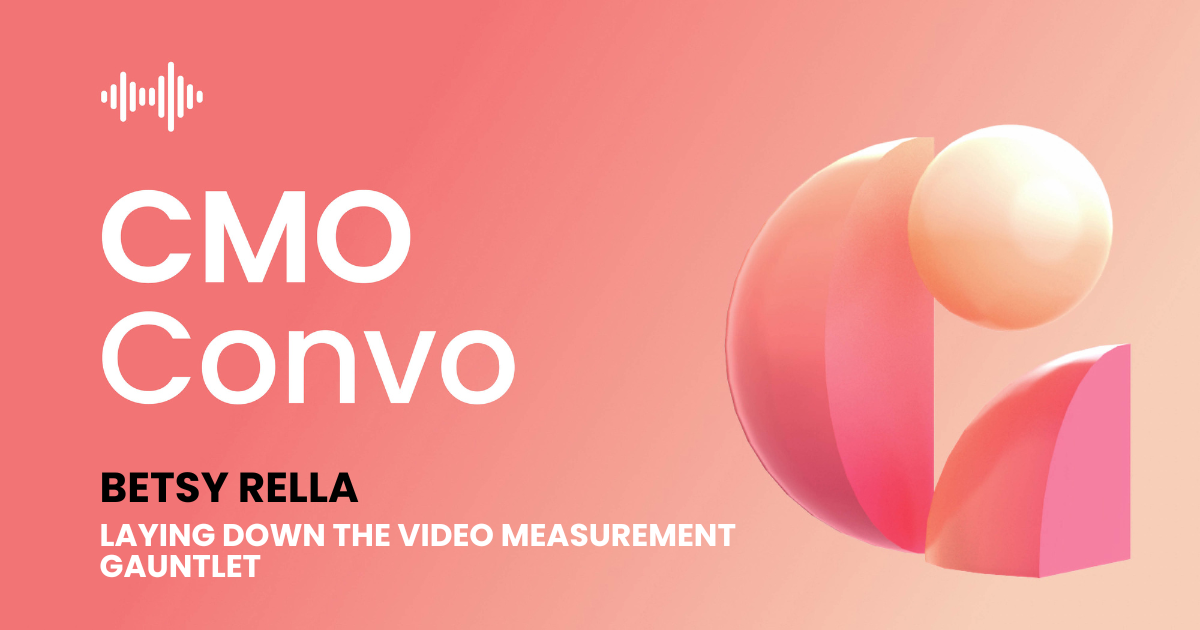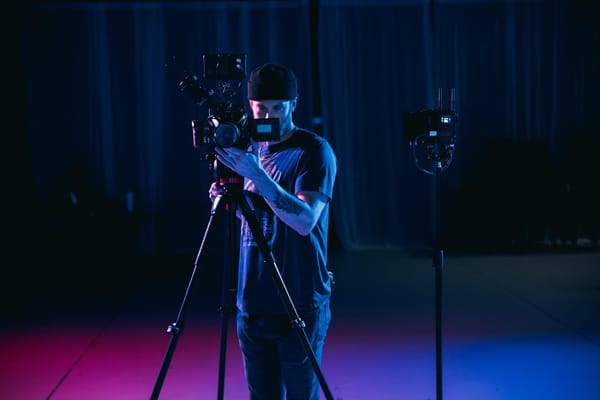Data-driven media is at a crossroads. After nearly a decade of programmatic trading, most advertisers now find that they are on shaky foundations, as key linkages (in the form of cookies and MAIDs) rapidly approach obsolescence.
Facing these imminent changes, many advertisers are making deep investments in alternatives and replacements. Red-hot categories such as universal IDs, CDPs, and clean rooms all speak to a broad pivot toward first-party data and identity, which has been touted by many in the industry as the next great currency for media. Bracing for major changes, marketers are betting on these solutions to ensure continuity in their media plans, especially as they invest more heavily in video and CTV.
Forward-thinking advertisers already understand that continuity won’t be enough. Even before cookie deprecation takes effect, many brands have come to the realization that programmatic audience targeting via third-party cookies no longer confers a competitive edge. Even if brands/agencies were to solve this new puzzle, what's the point of targeting ads if not personalizing the creative? Even if cookies were to remain, they wouldn’t help advertisers fit out in a new TV-driven digital ad paradigm.
Dynamic Creative Optimization (DCO) represents one of the most promising ways for advertisers to do just that, especially on video. By applying AI and machine learning to automate the personalization of ad creative, advertisers can pursue new dimensions of efficiency and effectiveness in their campaigns in every channel and medium.
Smart observers may wonder: if DCO has been around for years, how can it represent the future of data-driven media? If DCO holds such promise, why don’t we hear more about it?

DCO has mostly been limited to digital display
To date, DCO has primarily lived in the realm of digital display advertising on the open web - a sizable channel for many advertisers, but increasingly less of a priority in a world where consumers spend more time watching video across CTV and social platforms.
Video and TV have transitioned from a pure awareness tactic to a full-funnel strategy. Thus, the old idea of DCO does not translate directly to video the same way it worked with display. Activating DCO for video advertising has been technologically complex and time intensive until very recently. Advertisers are simply not accustomed to relying on creative technology across their most premium media buys, a sentiment that is no longer in sync with real capabilities.
Regardless, DCO is a consumer-journey-centric approach to storytelling. That core concept is agnostic to media and should scale across any inventory without disrupting a brand or agency's processes.
Creative technology isn’t user-friendly for creatives
Many creatives resent DCO because it makes their jobs difficult. At a practical level, legacy DCO has required creatives and their brand partners to spend valuable time breaking down creative into a thousand different pieces and combinations, a process that saps creative energies and prevents them from doing what they do best. The tools themselves often feel more like Excel than Photoshop, Premier, or Illustrator (ie. platforms where creatives are facile and accustomed to doing their best work).

Advertisers are not made aware of how DCO impacts campaigns
The role of DCO in campaign success is often invisible to the brands and agencies themselves. Creative technology is often treated as supplementary technology that is folded into media cost, thus disappearing from view. Many brands are thus unaware of the extent to which they already depend on DCO, and in turn, this has suppressed demand for more advanced solutions.
To make matters worse, many legacy DCO tools were been black boxes that make it hard to understand what permutations actually worked. It was hard to generate insights and turn them into actions. When creatives can’t build upon the learnings from other campaigns, they fall into the rut of churning out creative assets without understanding why they are building them. They just pray that the system does what it’s supposed to do. This isn’t efficient or rewarding work, nor is it going to deliver return on higher CPM inventory like video.
Taken together, these trends have conspired to keep DCO relegated to a secondary priority for many marketers. That’s going to change - and fast - as these hurdles are overcome, and as the status quo of programmatic audience targeting becomes less viable. Before long, DCO will occupy the same mindshare and column inches that are given today to clean rooms, universal IDs, and CDPs - only the headlines won’t be about hopeful tests and preliminary integrations, but about proven outcomes and irrefutable results.
Is DCO on your radar? Do you have questions about how to utilize it? Join the discussion with a global network of marketing leaders on the CMO Alliance Community Slack channel.




 Follow us on LinkedIn
Follow us on LinkedIn




